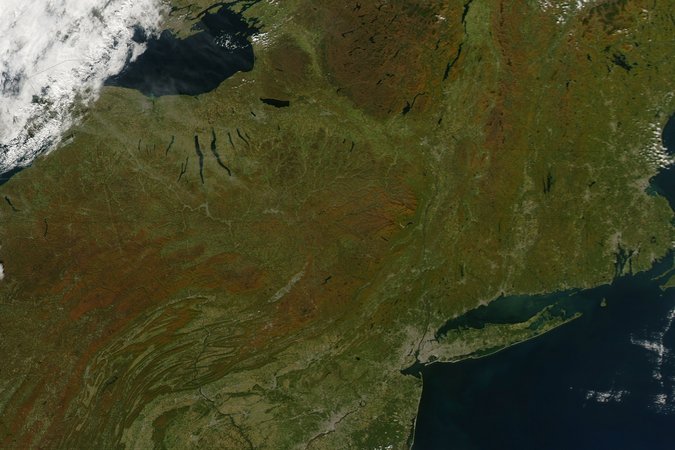Current Policy and Legal Issues Affecting Recreational Use of Public Lands in the American West
DownloadFederally owned and managed public lands occupy approximately 30 percent of the land area of the United States, and anywhere from 50 percent to more than 80 percent of the land area of many of the western states. Determining the appropriate use of these lands involves balancing objectives related to economic, recreational, and conservation interests. This paper examines established and emerging conflicts within and across these objectives through both a narrative discussion of specific topics and a series of case studies. The authors find that new challenges, including pressures to devote portions of public lands to renewable energy project development and the multifaceted threats presented by climate change, will continue to test the public’s and government policymakers’ commitment to devote public lands to recreational and conservation purposes. The authors also consider how an extension of public trust principles to federally-owned public lands—and land managers—would influence resource management.
Authors

Jan Stevens

Richard Frank



